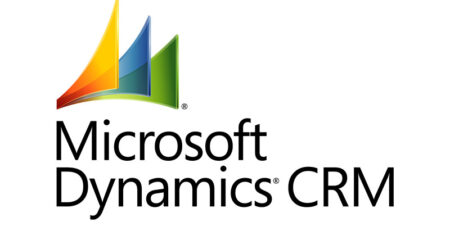Integration of SAP with External Systems: SAP PI vs. SAP CPI
Since system integration is a key element of smooth information flow and supports the operational activities of enterprises, SAP, as one of the leaders in providing ERP solutions, offers two main tools for this purpose. These are SAP Process Integration (PI) and SAP Cloud Platform Integration (CPI), and in this article, we will look at the differences between these solutions.
SAP Process Integration (PI)
SAP Process Integration is an integration tool that acts as middleware, enabling communication between SAP systems and other external applications. It is an on-premises solution designed for internal integration within the company’s IT infrastructure.
Advantages of SAP PI
Stability and maturity
SAP PI has been on the market for many years and has gained a reputation as a stable and reliable integration solution.
Support for standard protocols
It supports various communication protocols, such as HTTP, HTTPS, FTP, IDoc, and many others, which facilitate integration with different systems.
Advanced monitoring tools
SAP PI offers advanced monitoring and management functions for integration processes, making system maintenance easier.
Customization
It offers the ability to customize integration processes to the specific needs of the enterprise.
Challenges of SAP PI
Complex implementation
The installation and configuration of the PI system can be complex, requiring specialized technical knowledge.
Maintenance costs
As an on-premises solution, SAP PI requires investment in hardware and licensing, which can generate additional costs.
Limited scalability
Scaling the solution in case of increased demand can be challenging and requires additional investments.
SAP Cloud Platform Integration (CPI)
SAP Cloud Platform Integration is a cloud-based solution designed for integration with both internal and external systems. SAP CPI is part of the SAP Business Technology Platform and offers a modern approach to application integration.
Advantages of SAP CPI
Flexibility and scalability
Thanks to the cloud model, SAP CPI enables easy scaling of resources in response to changing business needs.
Low initial costs
There is no need to invest in hardware and infrastructure, which translates into lower initial costs.
Speed of implementation
It allows for quick deployment and integration of new applications, reducing implementation time.
Support for modern technologies
SAP CPI integrates with various cloud services and technologies, such as API Management, enabling easy integration with modern applications.
Updates and support
SAP CPI is automatically updated, providing access to the latest features and security fixes.
Challenges of SAP CPI
Data security
For some companies, storing data in the cloud may pose a challenge in terms of security and regulatory compliance.
Dependence on Internet connectivity
As a cloud solution, CPI requires constant internet access, which can be problematic in the case of poor connection quality.
Learning curve
Migration from SAP PI to CPI may require IT team training, which can be time-consuming.
Comparison of SAP PI and SAP CPI
| Feature | SAP PI | SAP CPI |
| Deployment Model | On-Premises | Cloud |
| Scalability | Limited | High |
| Initial Costs | High | Low |
| Flexibility | Limited | High |
| Implementation Time | Longer | Shorter |
| Support for New Technologies | Limited | High |
| Data Security | Full internal control | Dependence on cloud provider |
| Implementation Complexity | High | Low |
| Monitoring and Management | Advanced monitoring tools | Automatic updates and support |
Use cases
When to choose SAP PI?
High control over data. Companies operating in industries with strict regulatory requirements may prefer SAP PI due to its full control over infrastructure and data.
Complex internal integrations. Organizations with an existing extensive IT infrastructure can benefit from customization and integration features with existing systems.
Long-term stability. Enterprises that prioritize stability and long-term support may prefer the mature solution that SAP PI offers.
When to choose SAP CPI?
Dynamic business environment. Companies that need quick adaptation to changing market conditions can benefit from the flexibility and scalability of SAP CPI.
Integration with modern technologies. Organizations looking to integrate with modern applications and cloud services will find SAP CPI to be an appropriate solution.
Cost optimization. Companies aiming to minimize initial and operational costs can take advantage of the subscription model offered by SAP CPI.
Conclusion
The choice between SAP PI and SAP CPI depends on the specific business and technological needs of each company. SAP PI offers a stable and mature solution for organizations requiring full control over their IT infrastructure, while SAP CPI provides a flexible and modern approach to integration in a cloud environment.
Regardless of the choice, system integration remains a key element of digital transformation, and SAP, with its advanced tools, enables companies to achieve better operational efficiency and innovation.











